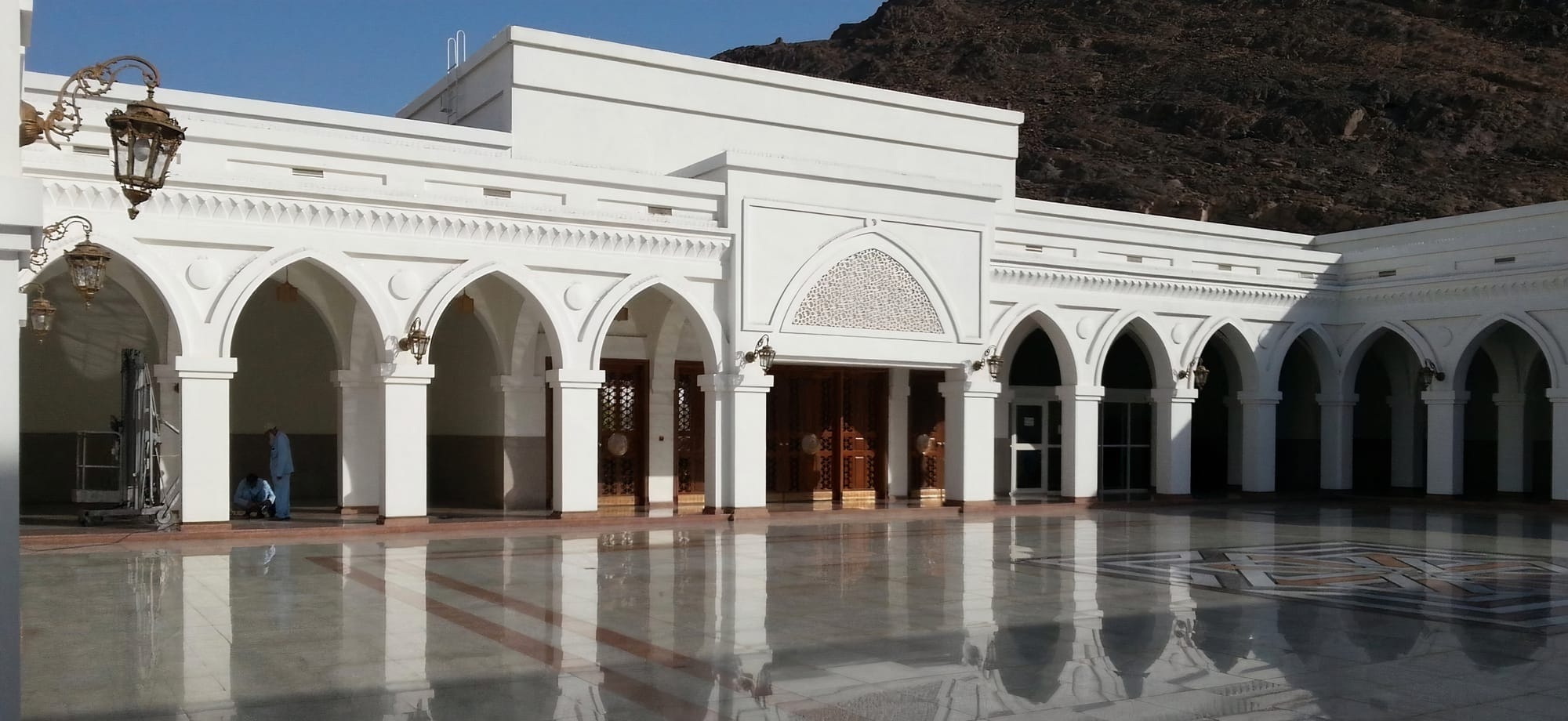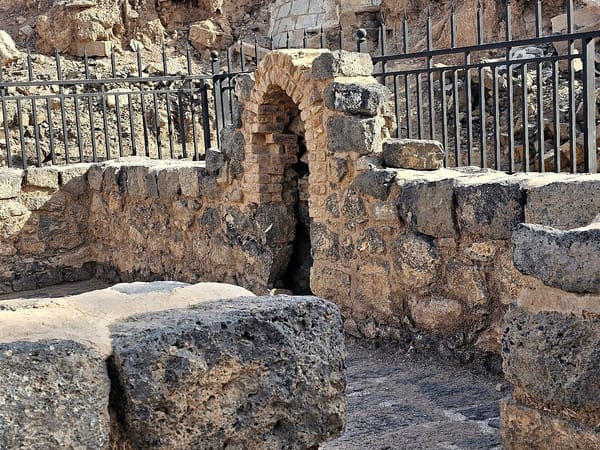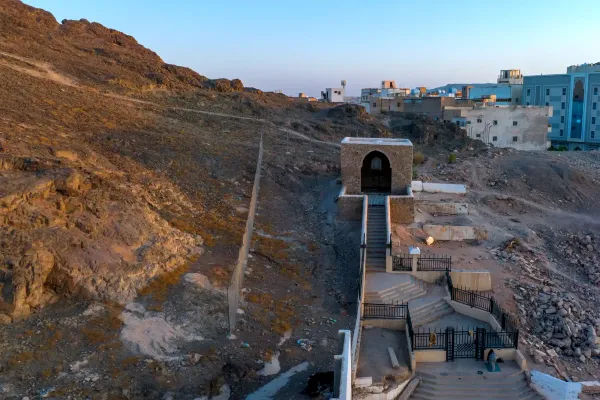Planning a visit to the Battle of Khandaq site in Madinah? Whether you're a curious traveler, a history enthusiast, or a family exploring Islamic heritage, this Q&A-style guide answers all the essential questions about the Battle of the Trench—also known as Ghazwa Khandaq or the Battle of the Ditch.
And yes—you can reach many of these historic spots easily by hopping aboard the Hop-On Hop-Off Bus in Madinah, which makes exploring smooth, fun, and educational for all ages.
What Happened in the Battle of Trench?
The Battle of the Trench happened when the Quraysh and Gatafan tribes came from the north of Madinah, near Mount Uhud, with a huge army to attack the Muslims. To protect the city, the Prophet Muhammad (ﷺ) and his companions dug a deep trench near Mount Sela. This trench stopped enemy horses from entering the city. The Muslim fighters stayed near the Prophet’s Mosque and other nearby tribes like Banu Najjar and Banu Zurye helped in defending.
While the Muslims were protecting the city from the outside attack, a tribe inside Madinah called Banu Qurayza broke their peace agreement and secretly sided with the enemies, which made the situation even more dangerous. But after about a month, a strong windstorm hit the enemy camp, causing fear and confusion. The enemies left, and the Muslims were safe—without needing a big battle.
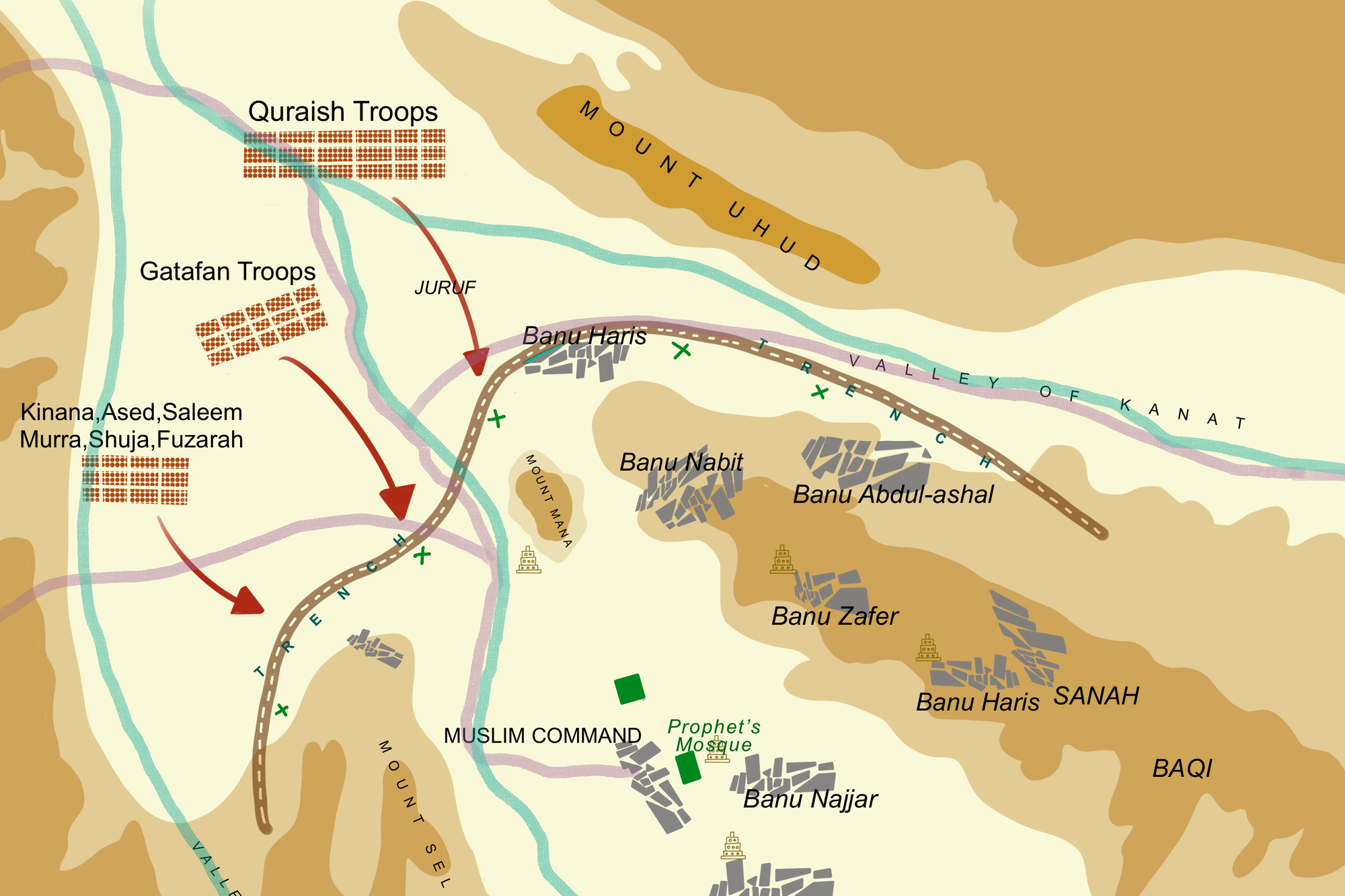
What Caused the Battle of Khandaq?
The Quraysh and their allies wanted to eliminate the growing influence of Islam in Madinah. They assembled a coalition of over 10,000 men to launch a full-scale siege, hoping to overpower the Muslims and destroy their community.
You can also get a deeper insight into the events and significance of this historic moment by reading The Story of the Battle of Khandaq: All You Need to Know.
Where is the Battle of Khandaq Site Today?
The site is located just west of the Prophet’s Mosque in Madinah, near Mount Sala'. This is where the trench was originally dug.
Today, visitors can walk through the historical area, which includes Sab'ah Masajid (Seven Mosques) built to honor those who took part in the battle. It's a peaceful site for reflection and learning.
Is the Trench Still There in Madinah?
Remnants of the trench have faded with time, but the approximate site is still preserved. Some outlines can be seen near Mount Sala', and the surrounding area has interpretive signage and markers to help visitors understand its scale and location.
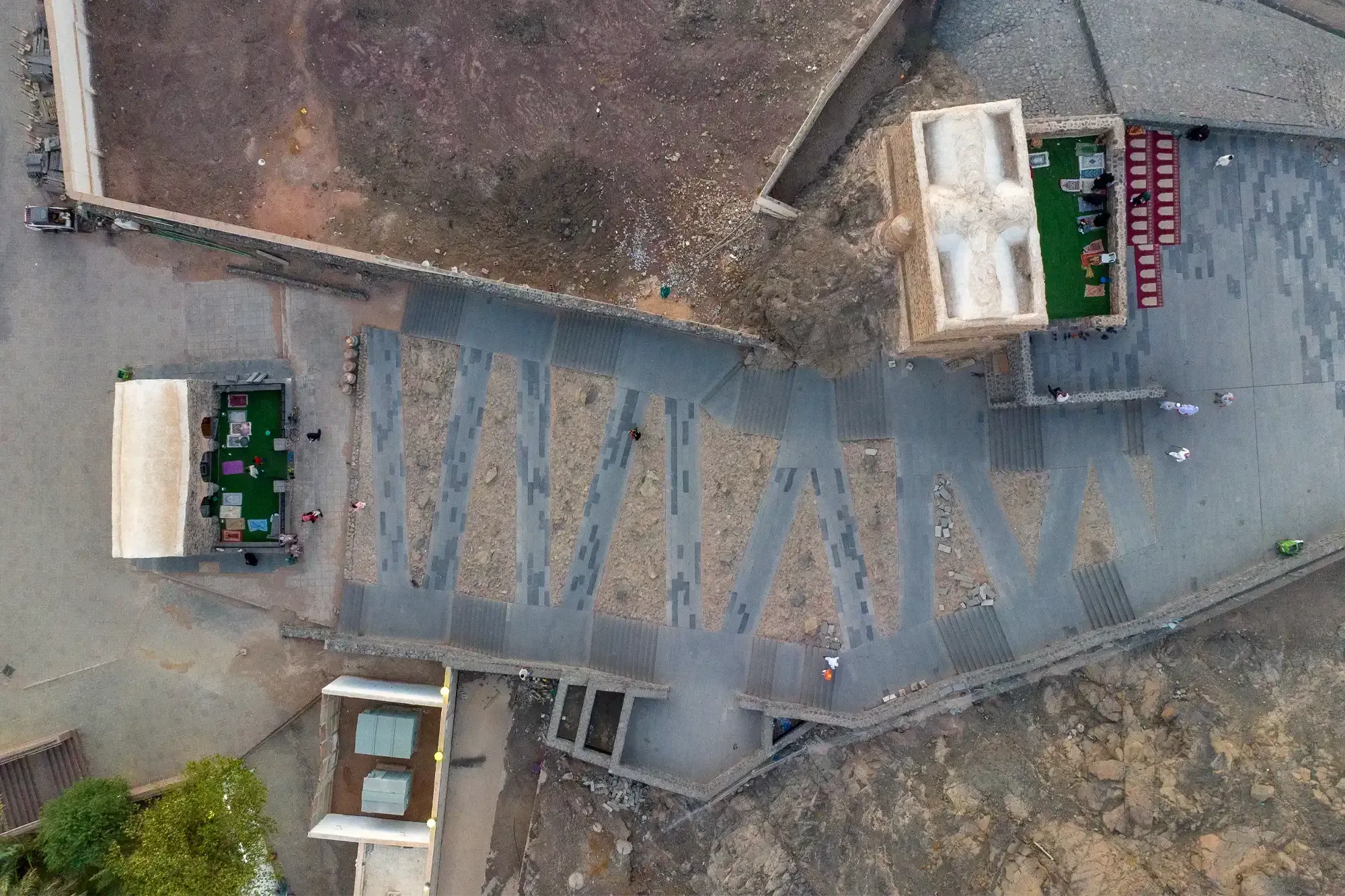
What Was the Result?
The Muslim defenders were victorious at the Battle of Khandaq. Despite being outnumbered, they suffered minimal losses and successfully defended Madinah. The failure of the siege caused the Quraysh’s influence to decline significantly, marking a turning point in Islamic history.
Who Fought Ali (RA) in the Battle of Khandaq?
One of the most notable events was when Hazrat Ali ibn Abi Talib faced off against the Qurayshi warrior Amr ibn Abd Wudd, who had crossed the trench. Hazrat Ali defeated him in single combat, a legendary moment of bravery celebrated in Islamic tradition.
How to Visit the Battle of the Trench Site?
- Head toward Mount Sala’ and Sab’ah Masajid
- It’s best to go early in the morning or late afternoon to avoid heat
- Bring water, comfortable shoes, and sun protection
While taxis and private cars are an option, the Hop-On Hop-Off Bus Tour is a convenient choice. It stops at all major Ziyarat sites in Madinah, letting you hop off, explore, and catch the next bus every 30 minutes.
What Else is the Battle of Khandaq Called?
The event is known by several names:
- Ghazwa Khandaq (Arabic for "Battle of the Trench")
- Battle of the Trench
- Battle of the Ditch
Each name reflects the central defensive feature: the khandaq (trench) dug to protect Madinah.
Who Gave the Idea to Dig the Trench?
The idea came from Salman Al-Farsi, a Persian companion of the Prophet (ﷺ). Drawing from his homeland’s warfare tactics, he suggested the trench strategy, which proved to be a game-changer.
What Are the Key Lessons from Ghazwa Khandaq?
- Teamwork & Unity: Muslims of all backgrounds worked side by side
- Strategic Thinking: New ideas can lead to success, even when outnumbered
- Trust in God: Despite overwhelming odds, their faith remained strong
What are the Miracles of Battle of Khandaq?
- Prophetic foresight: The Prophet (ﷺ) predicted future victories while striking rocks during trench digging
- Divine Protection: A sudden storm dispersed the enemy forces, as mentioned in the Qur’an (Surah Al-Ahzab, 33:9)
- Minimal Muslim losses: Despite the odds, very few Muslims were harmed
For a more spiritual perspective, you can also explore 4 Miracles & Lessons from Ghazwa Khandaq in Madinah to reflect on the deeper meanings behind this pivotal event.
How Many Muslims Fought in the Battle of Khandaq?
Approximately 3,000 Muslims defended Madinah.
How Many Enemies Fought Against the Muslims?
Around 10,000 men made up the coalition of Quraysh and allied tribes. This massive army posed a significant threat, but the trench rendered their cavalry ineffective.
How Long Did it Take to Dig the Trench?
It took about six days, with the Prophet (ﷺ) himself working alongside the companions. The project involved intense labor in harsh conditions.
How Big Was the Trench?
While exact measurements vary, historical accounts estimate:
- Length: Approximately 5 kilometers
- Width: Roughly 4.5 to 5 meters
- Depth: Around 3 to 4 meters
Its size was enough to stop horses and camels from crossing.
What are the Seven Mosques in Madinah?
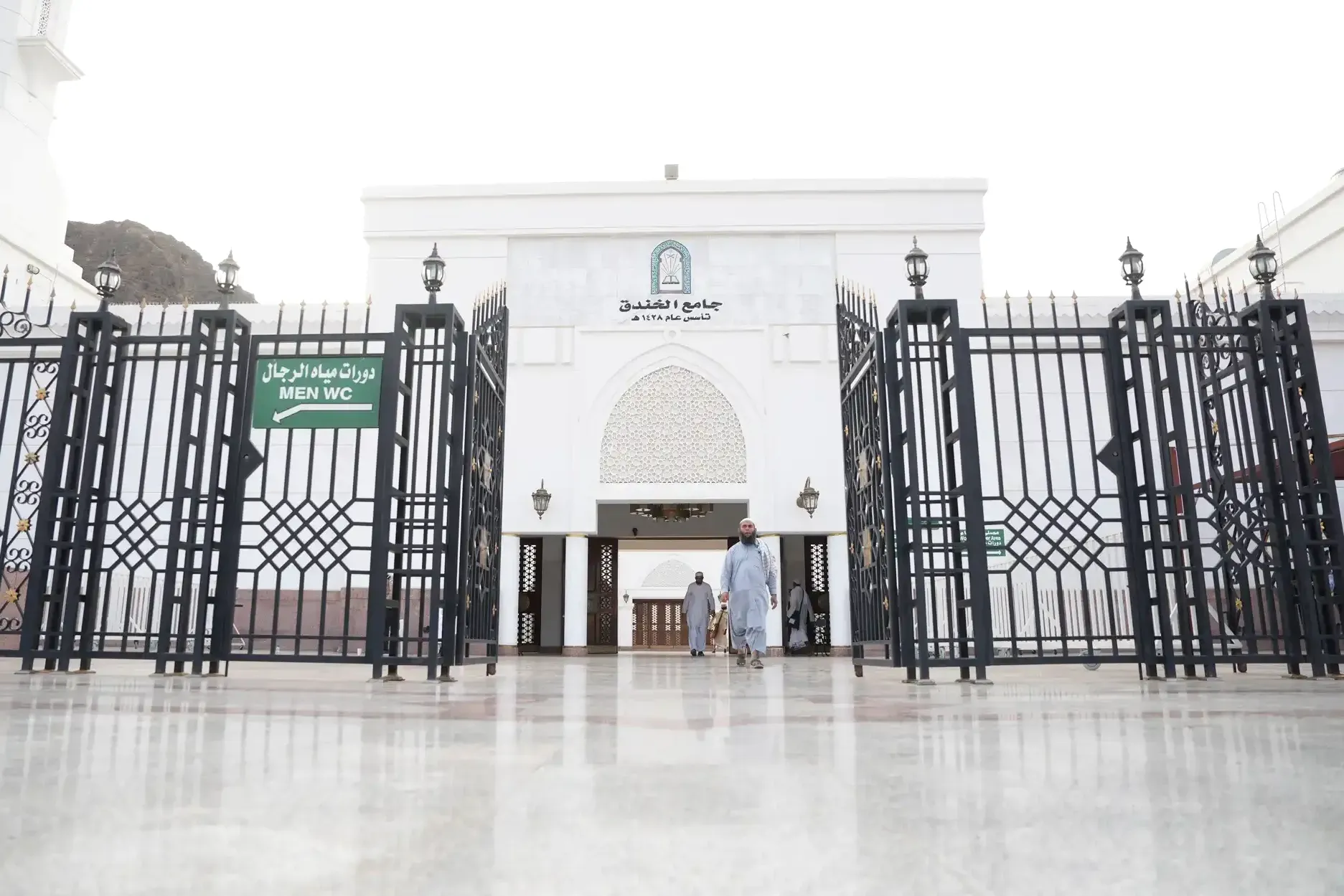
The seven mosques (Sab’ah Masajid) were built near the original trench site to honor key figures who participated in the battle. Each has a unique historical and spiritual connection. These include:
| Mosque Name | Significance |
|---|---|
| Masjid Al-Fath | Named the "Victory Mosque"; believed the Prophet (ﷺ) prayed here during the battle. |
| Masjid Salman Al-Farsi | Honors the companion who suggested the trench strategy. |
| Masjid Abu Bakr As-Siddiq | Dedicated to the first Caliph, who was present during the battle. |
| Masjid Umar ibn Al-Khattab | Commemorates the second Caliph and close companion of the Prophet (ﷺ). |
| Masjid Ali ibn Abi Talib | Marks the location where Hazrat Ali may have stayed during the battle. |
| Masjid Fatimah | Associated with the Prophet’s daughter, Fatimah (RA). |
| Masjid Sa’d ibn Mu’adh | Commemorates the Ansar leader injured during the battle. |
Why the Battle Still Inspires Today
Visiting the Battle of Khandaq site in Madinah isn’t just a historical experience—it’s a journey into stories of courage, strategy, and unwavering faith that continue to inspire generations. Standing where history was made brings powerful lessons to life, especially for those seeking a deeper connection to the legacy of Islam.
May your steps in Madinah be guided with peace, purpose, and blessings!

